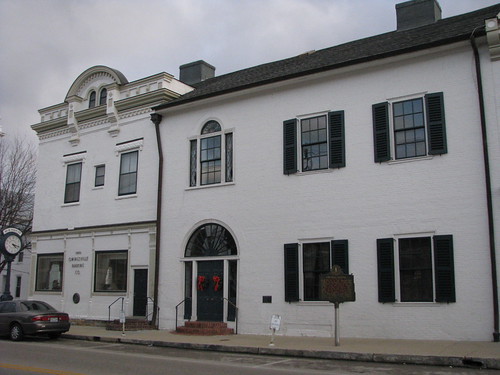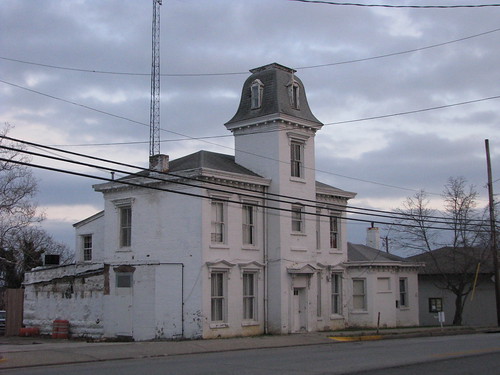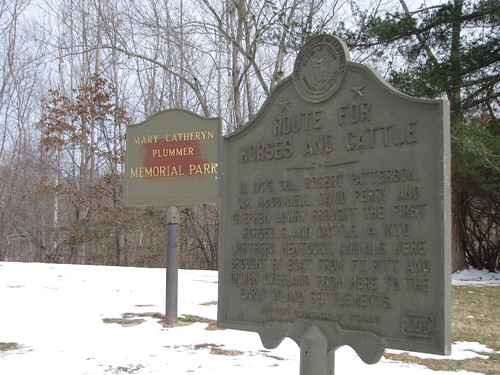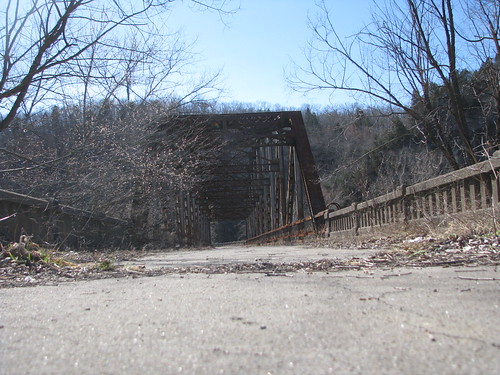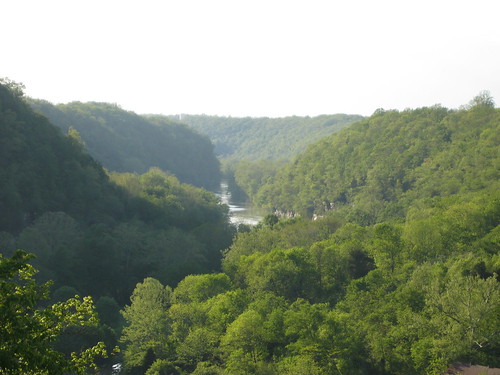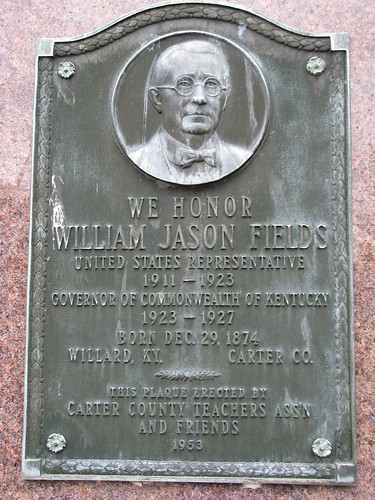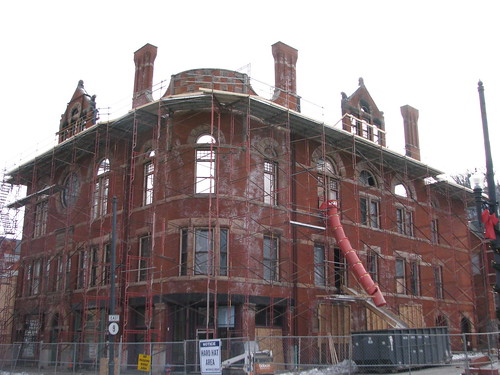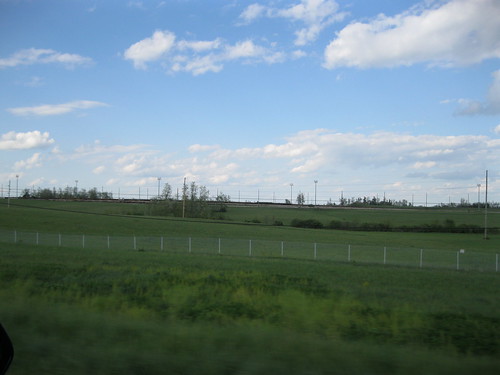 |
| Bluegrass Army Depot – |
Occasionally, it makes the news because of a gas leak or new attempts at environmental remediation. But the Bluegrass Army Depot, which is little known to most Kentuckians, occupies a massive, secretive 15,000 acre tract in Madison County.
The Blue Grass Ordnance Depot in Madison County was announced by Washington in the summer of 1941 and, by early 1942, the government was filing condemnation actions against landowners who did not sell their land through private sale. In October 1942, the facility began storage of its first munitions. Even after World War II, the BGOD remained a critical facility.
In 1964, the role of the Lexington Army Depot (fka Lexington Signal Depot) at Avon was deminished and its operations were merged into the Madison County facility which was then-renamed the Lexington-Bluegrass Army Depot. In 1992, army reorganization caused the name to again be changed to simply the Bluegrass Army Depot. The old Lexington depot was formally BRAC’d in 1995; it has been converted to a light industrial park “Bluegrass Station” near I-64 and KY-859.
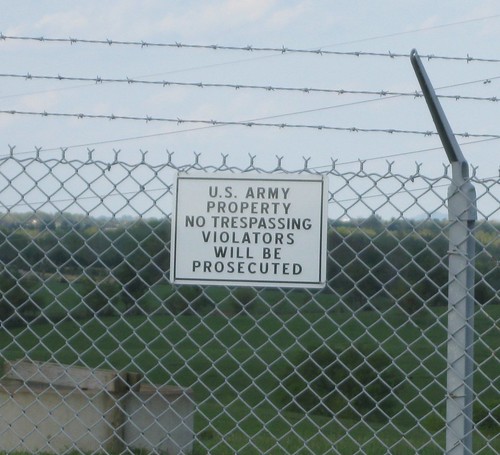 Since 1944, BGAD has housed about 2% of America’s chemical weapons stockpile. That’s right… near Richmond sits over 500 tons of VX, sarin, and mustard agent. A couple of leaks in the past decade have made some nearby residents understandably nervous; they await tornado-warning-like-sirens to notify them of the need for evacuation. Congress, however, has set a 2017 deadline to eliminate the stockpile in compliance with the Chemical Weapons Convention which has been agreed to by 65 countries.
Since 1944, BGAD has housed about 2% of America’s chemical weapons stockpile. That’s right… near Richmond sits over 500 tons of VX, sarin, and mustard agent. A couple of leaks in the past decade have made some nearby residents understandably nervous; they await tornado-warning-like-sirens to notify them of the need for evacuation. Congress, however, has set a 2017 deadline to eliminate the stockpile in compliance with the Chemical Weapons Convention which has been agreed to by 65 countries.
The military conducts other operations at BGAD as well, including military equipment design and (of course) storage. Other secretive operations are also rumored to exist on the sprawling facility: alien technology, UFOs, undisclosed stealth technology and more.
But from the road on a clear day, it seems to be just a beautiful verdant field behind “US Army Property – No Trespassing” fencing.

